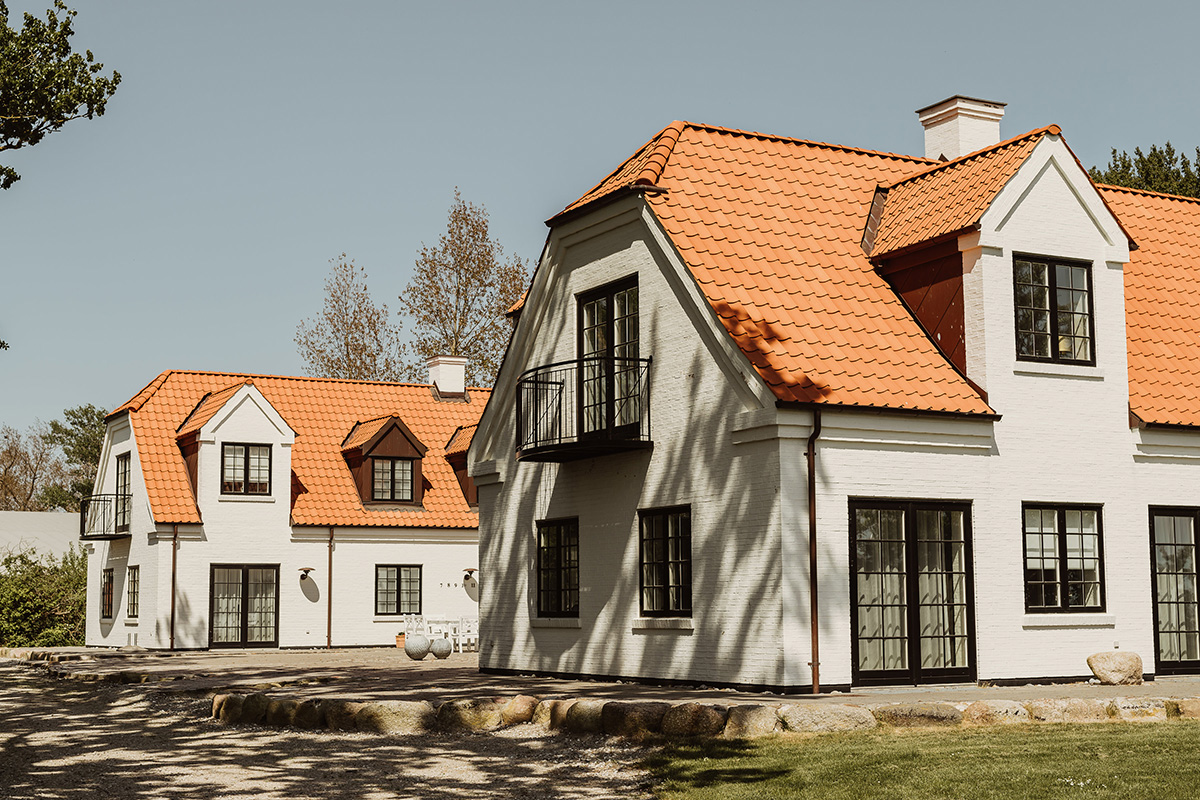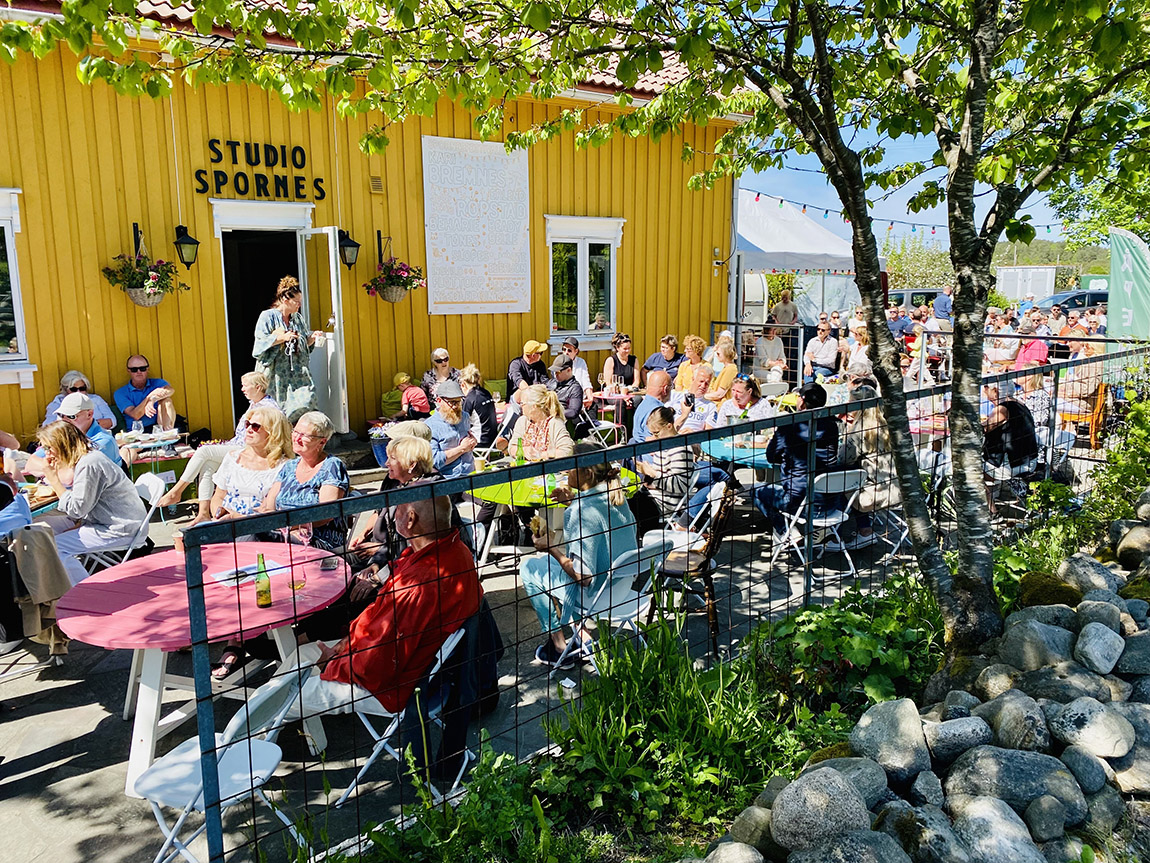Visit Vigelandsparken
Written by Alyssa Nilsen | Photos: Unsplash
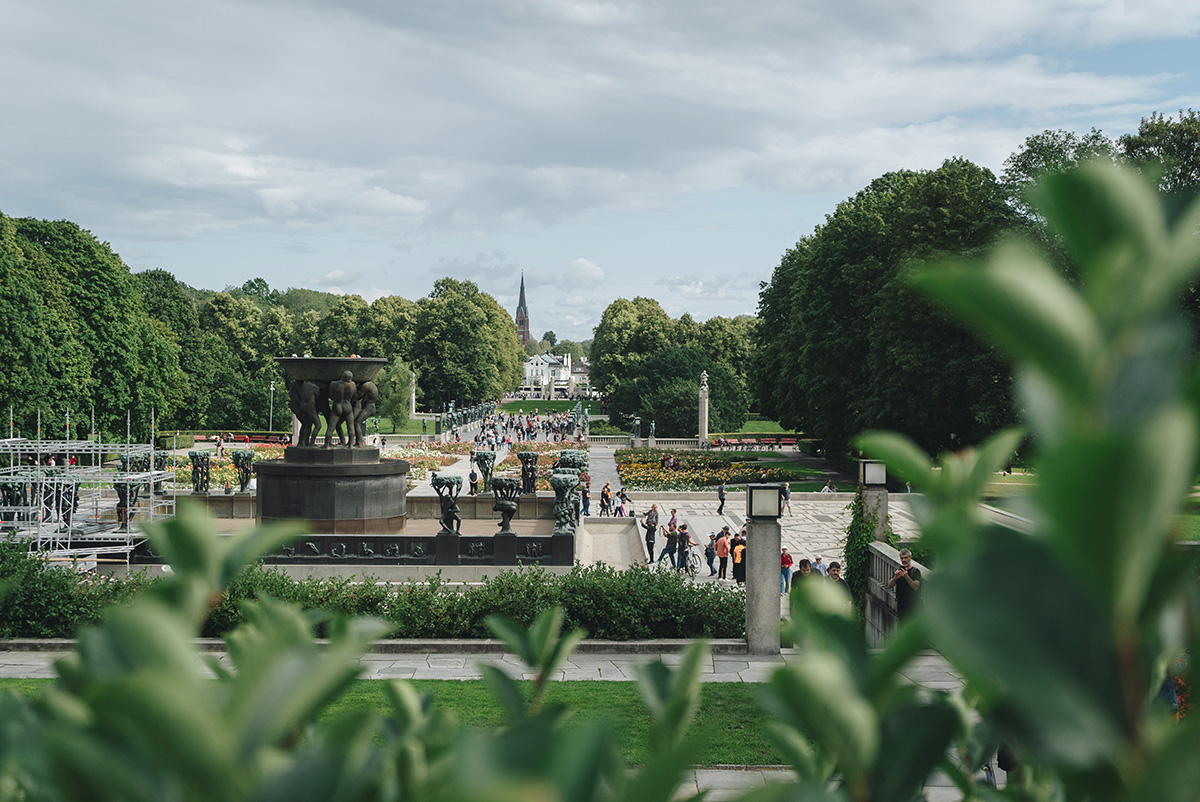
Vigelandsparken, Oslo.
Oslo is a city full of parks, giving locals green areas to relax in as well as helping the air quality in the city. Many of the parks have art on display, and a few of them are dedicated sculpture parks. Vigelandsparken (official name: Vigelandsanlegget), located in Frognerparken, is by far the most famous and popular one, featuring 214 sculptures made by Gustav Vigeland.
The sculpture park, installed mostly between 1940 and 1949, is the result of more than 40 years of work. The park began with the fountain of six giants holding a saucer, which was originally meant to be located at Eidsvoll Plass in front of the Parliament Building. Instead, it was placed in Frognerparken, and as plans developed and expanded, so did the park.
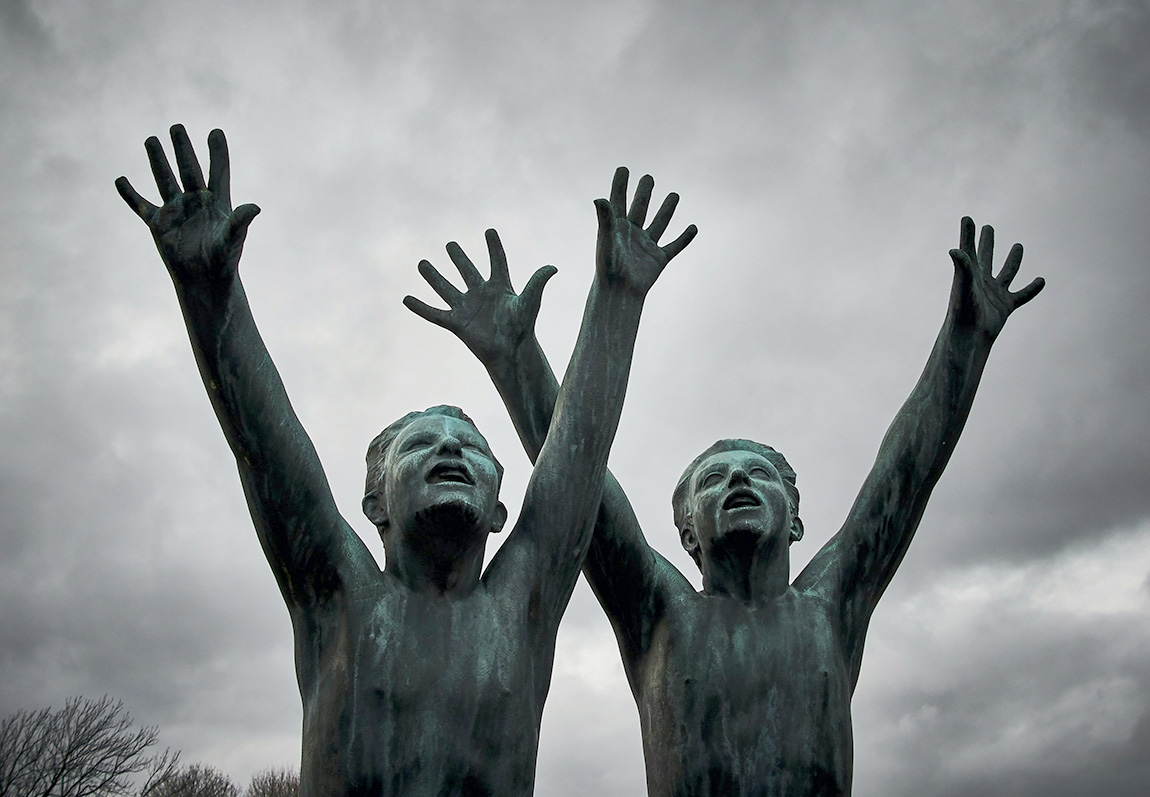
Statues in Vigelandsparken, Oslo.
Despite the nudity of the statues being the first thing that tourists notice, the stories being told through the sculptures and the park go deep into human nature. Every little detail symbolises something. The giants holding the large saucer are of different ages, with different postures. They’re believed to symbolise the struggles of mankind. The fountain is placed inside a labyrinth, and is surrounded by 20 groups of trees, gathered in groups symbolising the different stages of life: childhood, youth, adulthood, old age and death. Make sure to look out for the fantastical creatures that can be found in the area; there are lizard-like people and unicorns, among other things.
Stretching out from the fountain is a rose park marking the beginning of the sculpture bridge. 58 bronze statues line the bridge, all of them of different ages, genders, constellations, activities and moods: from the world-famous little toddler, Sinnataggen (The Angry Boy) to mothers and daughters hugging, parents carrying children on their shoulders, and fights frozen in time.
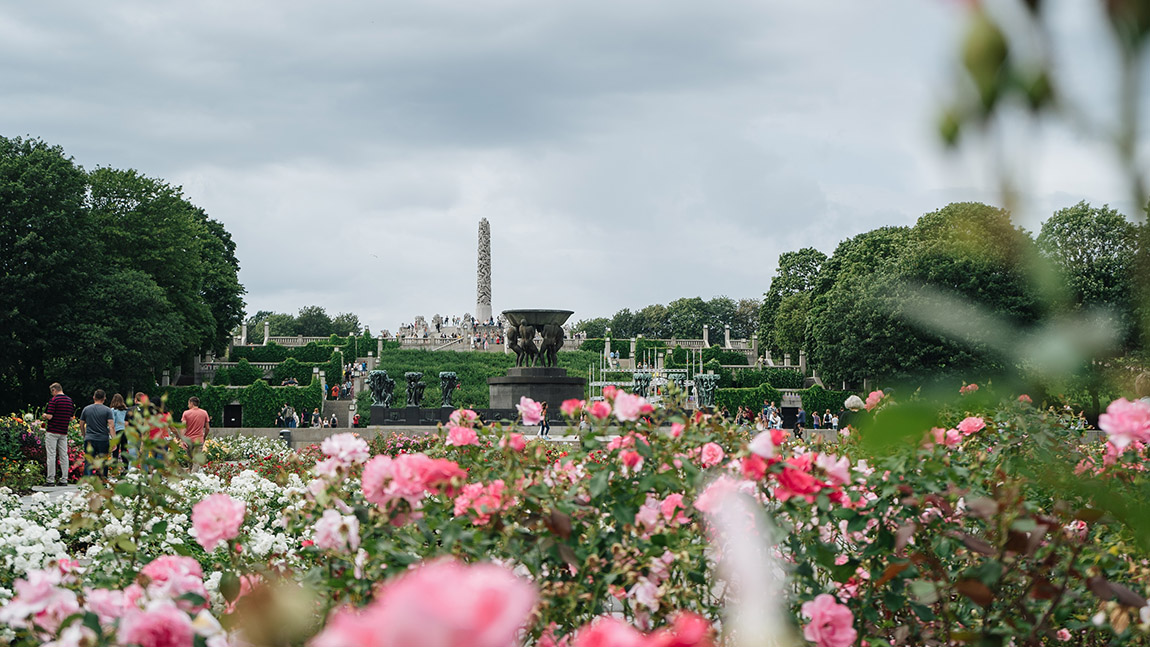
Vigelandsparken, Oslo.
In the opposite direction is the highest point of the park, with yet another iconic sculpture, Monolitten (The Monolith). The 17-metre-tall sculpture is carved out of one single stone block. Monolitten consists of 121 human figures of different ages and genders, adults further down and children towards the top. The actual intention behind this set-up isn’t known, but it’s been interpreted as symbolising resurrection, some sort of purgatory.
While most of the statues are gathered in these three areas, there are sculptures scattered throughout the park. The layout and design of the park, as well as the wrought-iron gates, are all Vigeland’s work.
Close to the park is also the Vigeland Museum, containing earlier works by Gustav Vigeland, as well as a glimpse into how he worked. His actual apartment is on the third floor of the museum, with interiors designed mostly by himself. Guided tours in the apartment are available to book.
Tram #12 stops at Vigelandsparken. Majorstuen T metro station is within walking distance, with all metro lines passing through.
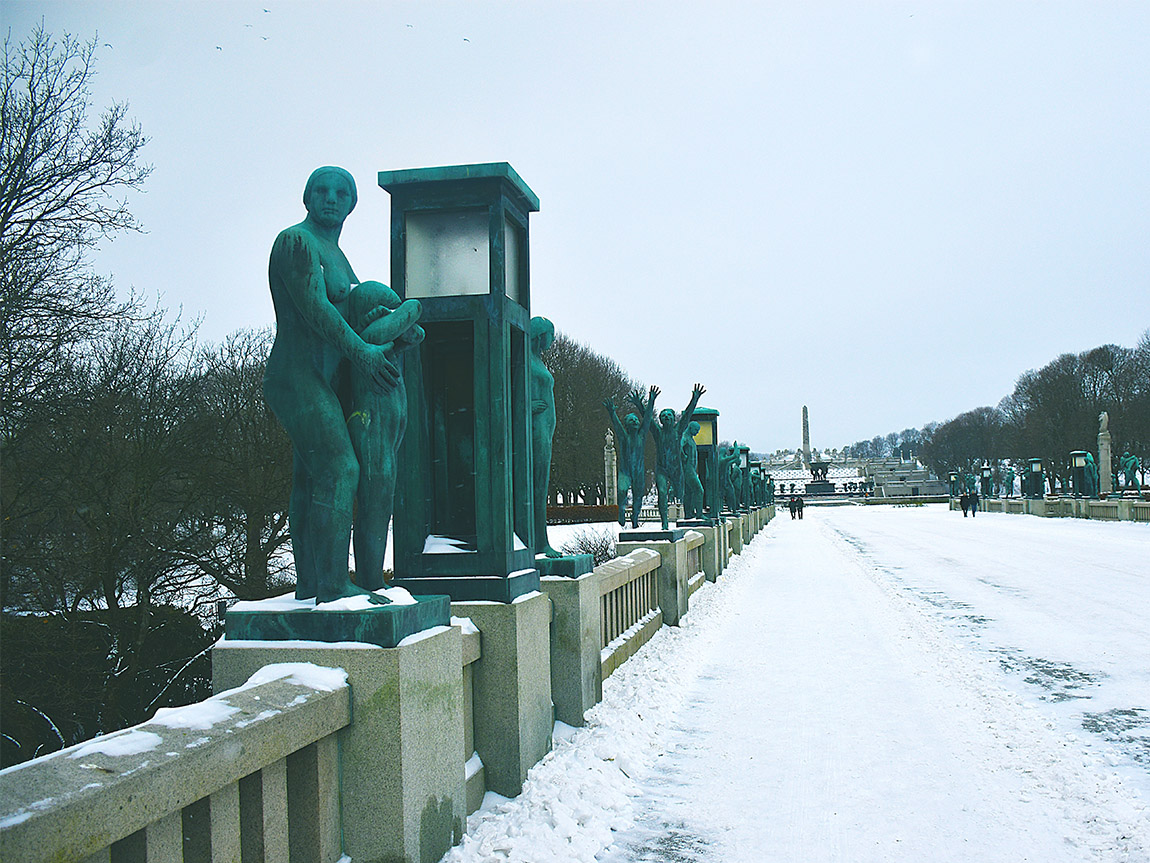
Vigelandsparken, Oslo.
For good deals on transport and experiences, buy an Oslo Pass lasting 24, 48 or 72 hours. The pass includes travel on all public transport across the city as well as suburbs and districts (Oslo as well as Lillestrøm, Nittedal, Asker, Ski, Nesodden and Drøbak), and includes free access to several museums and attractions, as well as discounted restaurants, sightseeing and activities. The Oslo pass is available online below.
Subscribe to Our Newsletter
Receive our monthly newsletter by email

